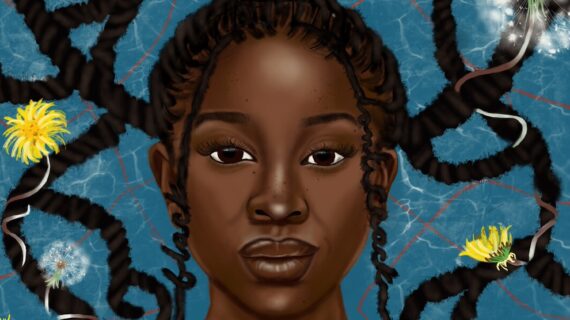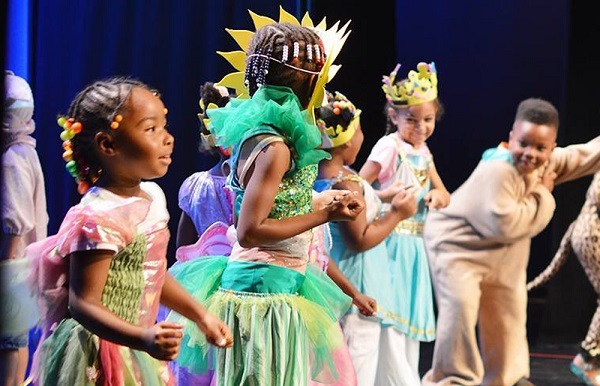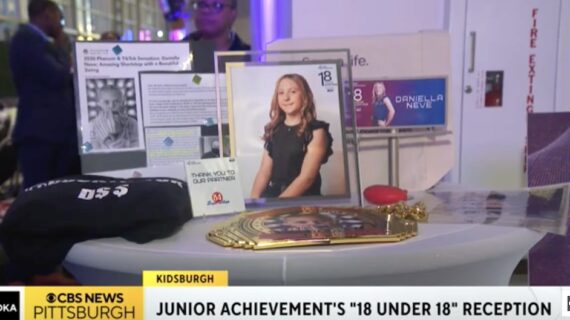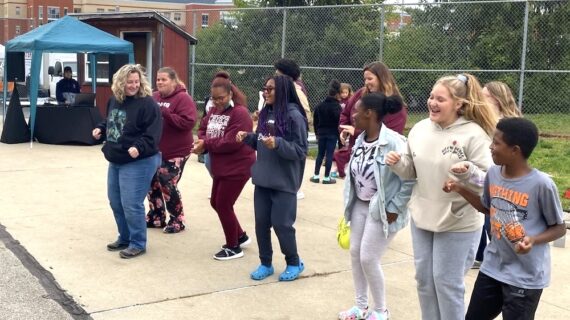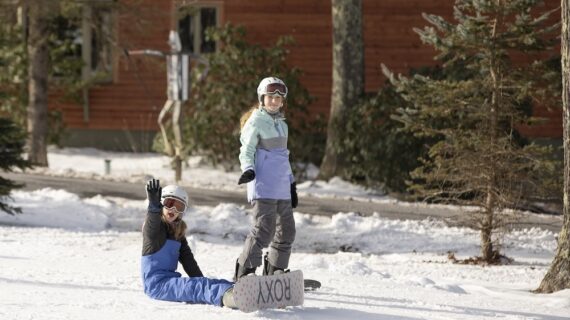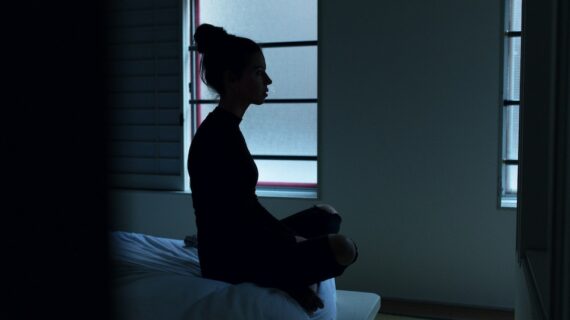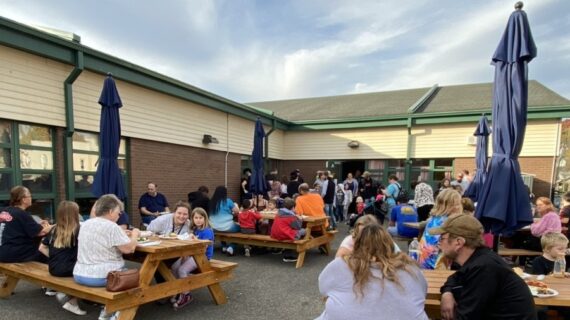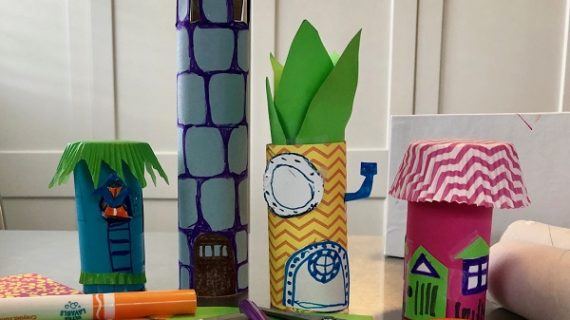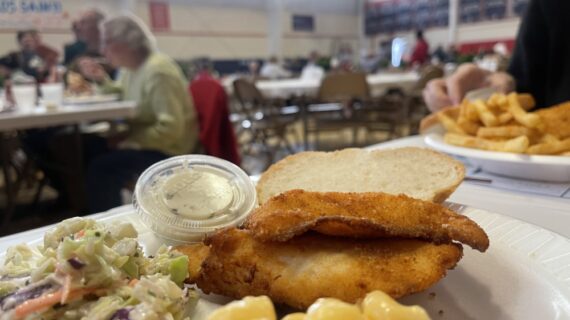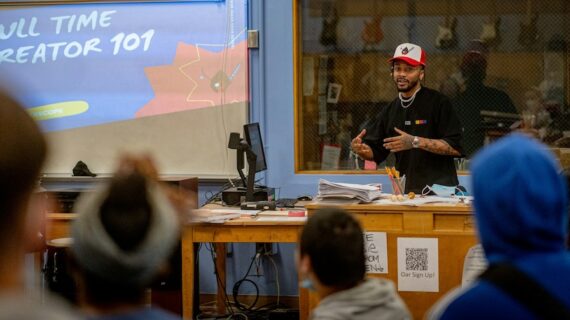
How one local school brought Black History Month to life this year
Last week at The Ellis School, the creative work of two Black icons took center stage during a Black History Month celebration of history and fashion.
Two Ellis parents (Alexis Allen, CEO of Alexis Allen Consulting, and Demeatria Boccella, president of Demeatria Boccella Productions and founder of FashionAFRICANA) and a team of students produced a fashion show, held on Feb. 15, highlighting Pulitzer Prize-winning Pittsburgh playwright August Wilson’s plays through a display of era-specific clothing inspired by the influential work of American fashion designer Ann Lowe.
“Working with the students and balancing their busy schedules poses its challenges, but we’re always up for it and we’re really thrilled,” Allen says. “The students were wonderful, and it was so great to see them shining up on the stage. It’s really all about them.”
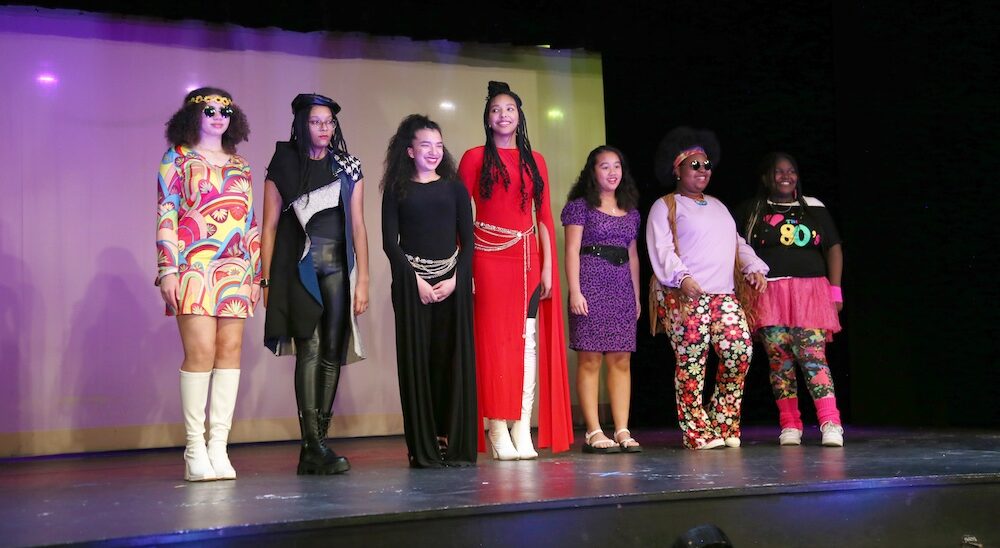
“Also,” Allen says, “allowing our students —particularly our Black girls — to understand the history of Black beauty through the 20th century was also very cool. We had one student who was in this classic 1940s look that by current standards wouldn’t be considered overly cute or fun, but to see her light up, feeling so beautiful and so cool, was really special. We need to celebrate fashion and Black beauty, and how it has evolved over time.”
The fashion show, titled “Eras of Style: Celebrating August Wilson’s American Century Cycle”
journeyed through each decade represented in Wilson’s series of 10 plays that chronicle the African American experience.
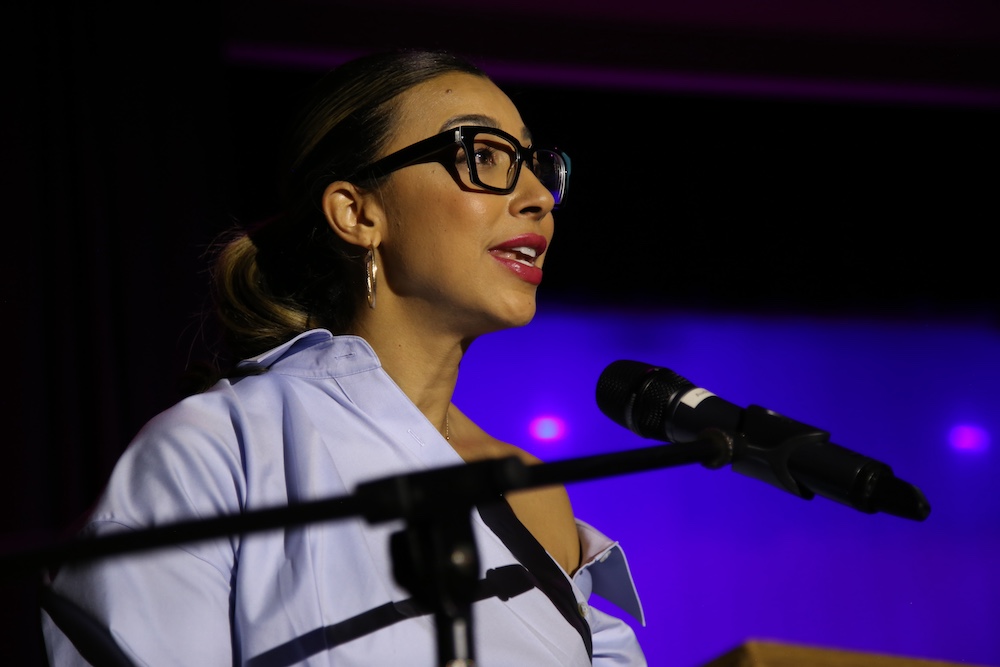
For Boccella, it was an opportunity to educate and celebrate with students, and was very much aligned with her own work.
“It was exciting to use fashion as a medium to introduce the brilliant works of the great playwright August Wilson to the students at Ellis. Witnessing their enjoyment in showcasing each era of the 20th century through style was a joyous experience filled with learning, creativity, and cultural celebration,” she says.
“My work with FashionAFRICANA is centered around this type of work—it’s a multimedia program series where we use fashion as a vehicle to expose young people to arts, culture, and history and celebrates Black history and culture in the process.”
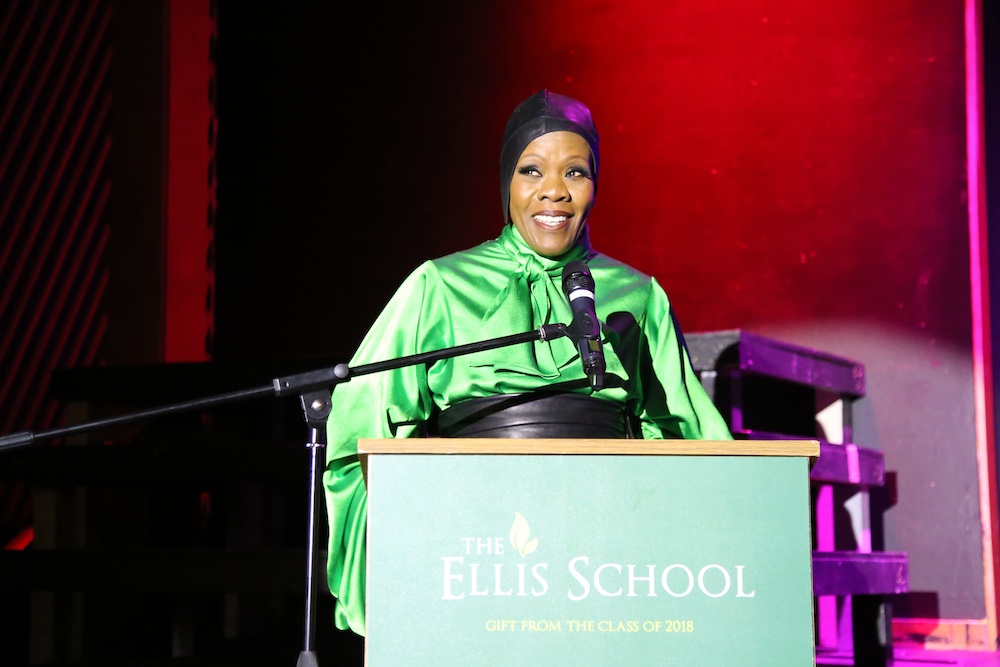
After a Zoom conversation with Piper Huguley, author of “By Her Own Design: A Novel of Ann Lowe, Fashion Designer to the Social Register,” and a monologue by one of the 2023 winners of the August Wilson New Voices Competition, the audience watched as 21 Ellis students and three faculty members modeled the fashions of the time.
The plays and styles included:
- “Gem of the Ocean” (1900s): Set in 1904, we see the women wearing long dresses and
skirts, with high collars and intricate lace detailing. The men wear suits with fedoras and
polished shoes. - “Joe Turner’s Come and Gone” (1910s): In this decade, we see a shift toward looser
clothing, with women wearing dropped waist dresses and men wearing more relaxed
suits with wider lapels. - “Ma Rainey’s Black Bottom” (1920s): The 1920’s era is all about flapper dresses and
feathered headbands for women, while men embrace the zoot suit with wide-brimmed
hats and pointed shoes. - “The Piano Lesson” (1930s): 1930s fashion showcases elegant dresses with defined
waists and full skirts for women, while men wear double-breasted suits with wide-legged
pants and polished shoes. - “Seven Guitars” (1940s): In the 1940s, we see the influence of World War II with women wearing practical pantsuits and men donning military-inspired jackets and hats.
- “Fences” (1950s): Set in the 1950s, we see the rise of casual clothing, with women wearing capri pants and sandals, and men donning polo shirts and loafers.
- “Two Trains Running” (1960s): In the 1960s, we see the influence of the civil rights movement on fashion, with women embracing bold colors and patterns, and men wearing afros and dashikis.
- “Jitney” (1970s): In this decade we see women wearing bell-bottomed pants and platform shoes, and men sporting wide collars and flared pants.
- “King Hedley II” (1980s): This era showcases the power dressing of the time, with women in sharp business suits and men in tailored jackets and ties.
- “Radio Golf” (1990s): In the 1990s, we see a return to casual clothing, with women wearing denim and oversized sweaters, and men embracing the hip-hop style with baggy pants and sneakers.
Allen and Boccella enjoyed sharing their knowledge and also learning alongside the students.
“When it comes to working with kids of color and African American students, my desire is to share with them what I did not know and did not learn growing up,” Boccella says. “I always try to give back in that capacity. I know how important it is for our young people to see people who look like them doing great work, but we also want them to have fun and enjoy it.”
Fun and togetherness were central themes of the day.
“This was a Black History Month event,” Allen says, “but it was endearing to see people who are not part of the Black community rally around this and bring their strengths and talents to it was really incredible and special.”
Boccella saw that unfold during a conversation with a student.
“There was one young lady who came up to me and showed me the book she was reading: “Chocolate Me!” by Taye Diggs. She was not of African American descent, but was so proud to be there and support that event and her friends who were models,” Boccella says.
“Most people in the audience live in Pittsburgh and I hope they walked away with a sense of pride and with another perspective on how we can celebrate Black history. I hope the parents walked away feeling really proud that The Ellis School is celebrating Black history.”
